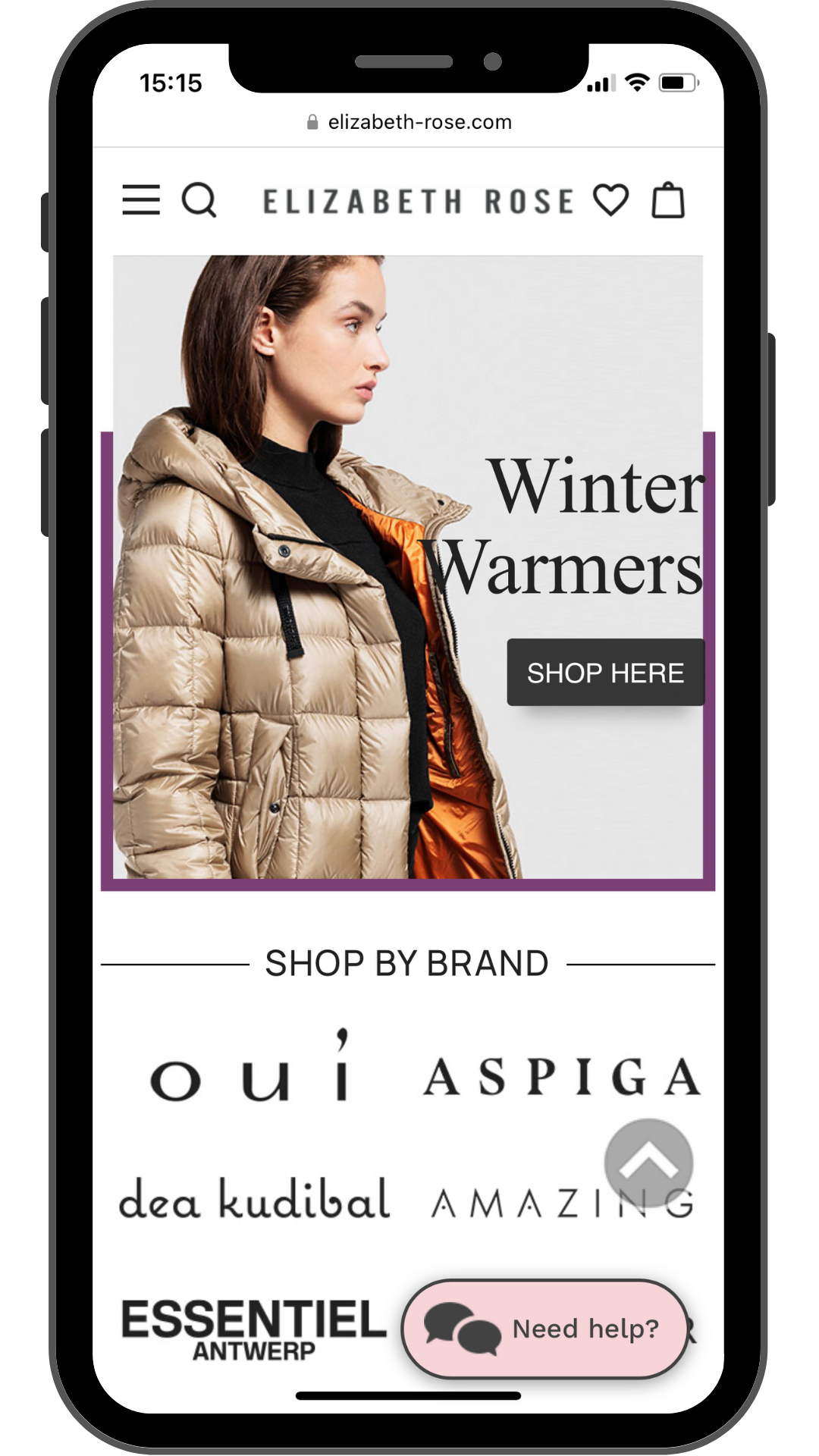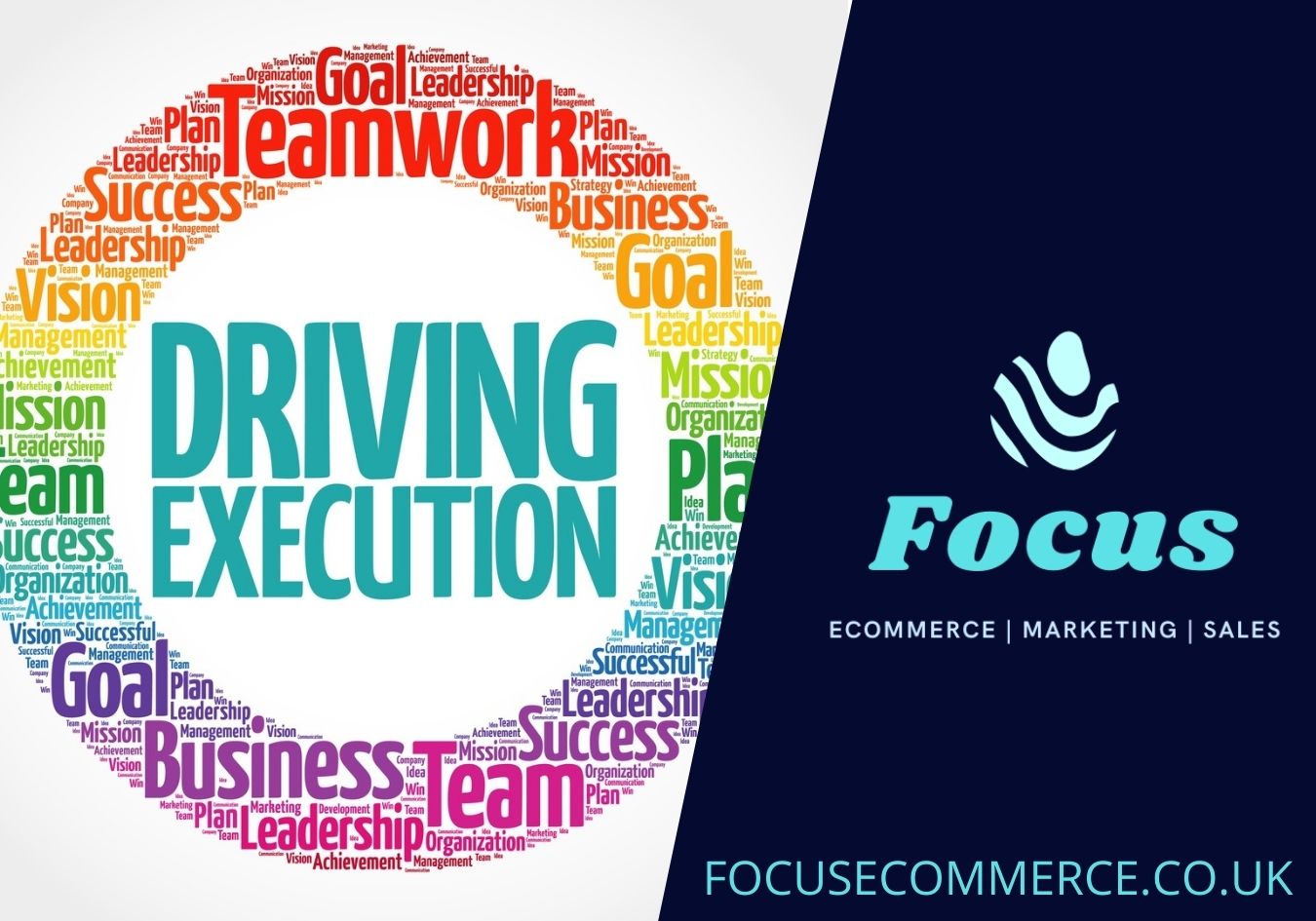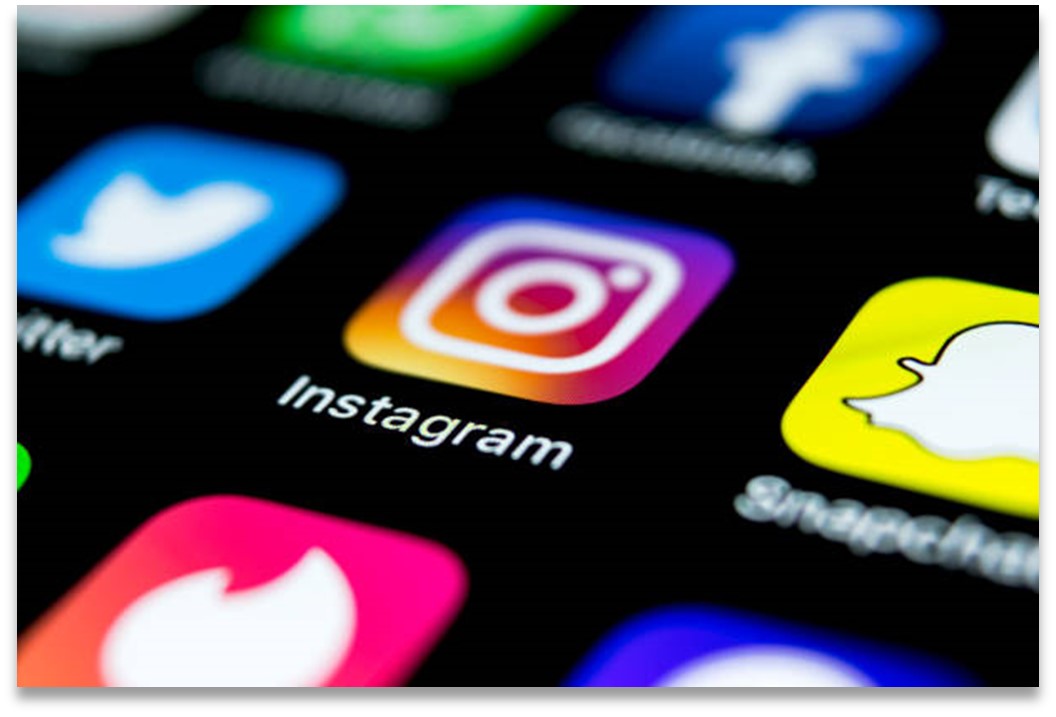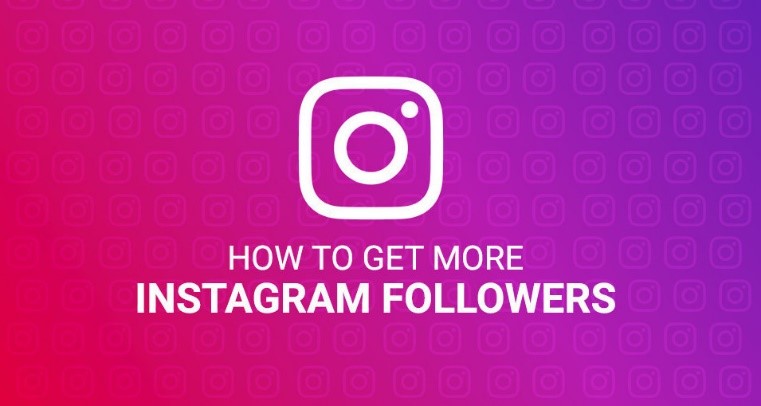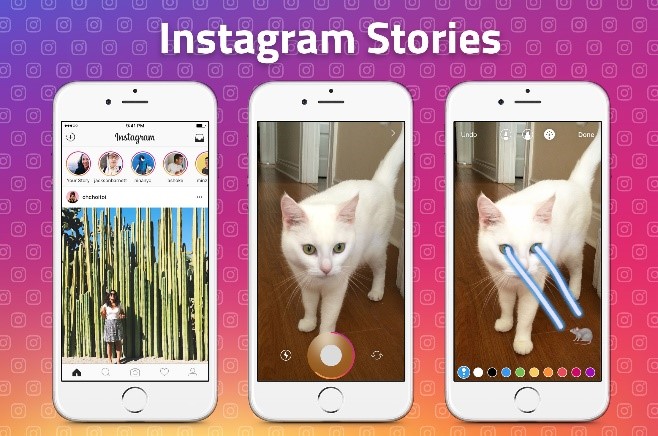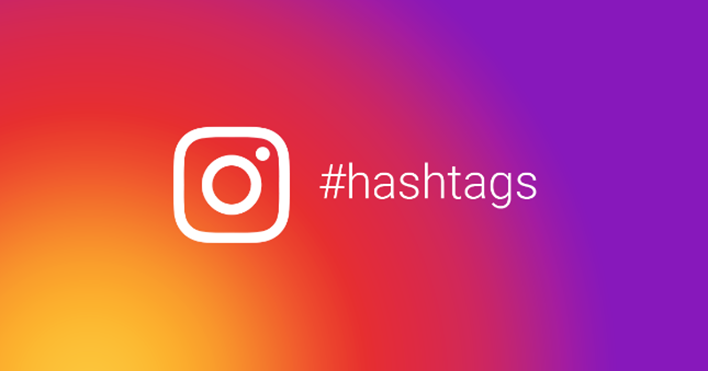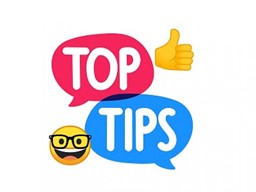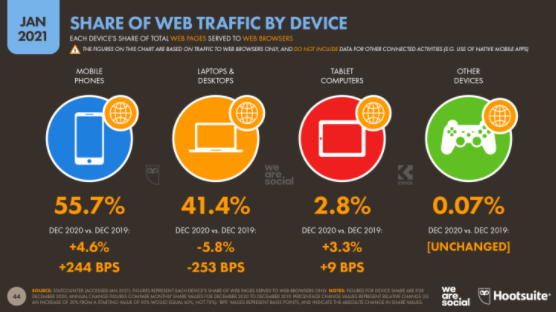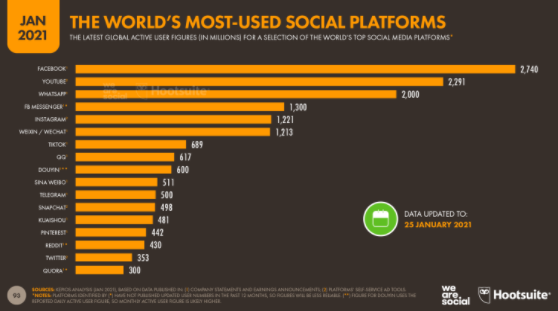What is a Full-Service eCommerce Agency?
While it sounds great, you’re probably wondering what a full-service eCommerce agency would provide, which is understandable. Read on to find out more.
Do you have an Ecommerce Business?
If this is the case, you should think about hiring a Full-Service Ecommerce agency.
What Does Being a Full-Service eCommerce Agency Mean?
It is reasonable to assume that all eCommerce agencies provide all of the eCommerce management services that your may business require. This would be ideal, but it is incorrect. Even to go as far to say some agencies advertising a full service are still not a 100% service.
For example, you might come across an eCommerce agency that specialises in development, another that specialises in digital marketing, B2B vs. B2C, yet another that specialises in content marketing, and so on.

Some may even offer a combination of services, very few with give you a 100% service that can manage your online business. You might need to work with a number of different agencies if running an ecommerce business, such as website development, content creatation for your blog, and market this content to drive traffic to your website.
Focus Ecommerce’s full-service commerce service addresses this overspecialization, giving you the same power of a specialist without the need to hire multiple companies and saving you money.
Here are some of the services we can offer your eCommerce business. This includes but not limited to:
- Ecommerce Development
- Ecommerce Strategy
- Website Managment
- Tracking and Analytics
- UI/UX Design
- Website Performance Optimization
- Back Office Processes
- Order Management
- Customer Services
- Stock Control
- Project Management
- Analytics & Reporting
- Marketing Strategy
- Digital Marketing
- Google Ads
- Social Media
- Email Marketing
- PR – Brand & Product
- Traditional Advertising (TV & Print)
Why Hire a Full-Service eCommerce Managment Company?
Working with a full-service eCommerce agency has many advantages aside from preserving your mental health. To begin with, you won’t have to juggle work between agencies to get anything done.
Coordination between different eCommerce agencies with different teams, working on various tasks, can be time-consuming, Just finding a time that suits all parties for a simple meeting can be excruciating, (imagine trying to hurd cats). It is not a long-term solution to your problem or well being.
Even if you manage to work with and coordinate between different agencies while still having time to run your own business, you’ll soon begin to wonder what the point of working with an eCommerce agency is in the first place.
One of the primary advantages of working with a Full Service Ecommerce Agency is the ability to provide a hands-off solution. That is something you will receive if you work with a full-service eCommerce agency. And if that’s not the case, and you end up coordinating between different agencies, why not just hire freelancers and save money?
Working with a full-service agency makes the most sense.
Here are more advantages to Full Service Ecommerce Management:
Long-term strategy and vision
Full-service agencies have a big picture approach that achieves your long-term goals because they offer everything from strategy and creative to marketing and technology services under one roof.
Latest technologies
Full-service agencies keep their staff up-to-date with the latest eCommerce technologies and trends.
Reducing your costs
A Full-service eCommerce agencies can handle all of your company's requirements or work with your enternal team. This will allow you to outsource your company's task to save money.
Multi-channel opportunities
Being a full-service agency entails working across multiple channels. This enables you to meet rising customer demand, increase engagement, and capitalise on multi-channel opportunities.
Conclusion
A full-service eCommerce agency can handle all of your eCommerce needs. Focus Ecommerce can handle everything from eCommerce websites and custom feature development to digital marketing and overall strategy.
Because we have people from various disciplines collaborating in our full-service agency, you won’t be in a disadvantaged position if you try to manage this critical revenue-generating force yourself.
In addition to being a hassle-free solution, our full-service agency makes scaling your marketing efforts easier. Because we can handle your increased workload on relatively short notice. If you want to hire outsourced professionals to help you grow your Ecommerce business, nothing less than full-service will do.
Get in Touch To See How We Can Help
Strikingly
Strikingly Easy, Beautiful Websites In today’s digital age, having a robust online presence is crucial for any business. However, not everyone has the technical skills
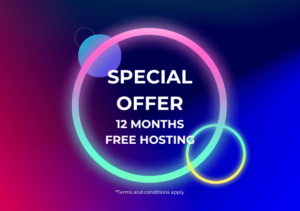
Website Development with 12 Months Free Hosting
Website Development with 12 months FREE Hosting Are you ready to take your online presence to the next level? At Focus Ecommerce and Marketing, we

A Deep Dive into IRP Commerce
IRP Commerce Unleashing Ecommerce Potential: A Deep Dive into IRP Commerce A profit centred ecommerce platform with all the Products, Modules, App Store and Integrations
- Ivan Latter
- December 12, 2022
- 12:21 pm
- No Comments


